
USB Type-C Compliance with EN IEC 62680
EN IEC 62680-1-3 specifies the requirements for USB Type-C cables and connectors, while EN IEC 62680-1-2 outlines the fast-charging protocol based on the CC channel in Type-C connectors. Below are the detailed descriptions:

EN IEC 62680-1-3
Physical Characteristics:
- Pin Definition: Specifies the functional assignment of the 24 pins in a USB Type-C connector, including power pins, data transfer pins, and ground pins, ensuring accurate electrical connections and compatibility between devices.
- Mechanical Structure Requirements: Defines mechanical parameters such as the dimensions, shape, and plug/unplug force of Type-C connectors. For instance, it mandates that connectors must withstand at least 10,000 plug/unplug cycles to ensure durability.
- Dimensional Requirements: Clearly defines the tolerance range for Type-C plug and socket dimensions to ensure physical compatibility across devices manufactured by different vendors.
Electrical Performance:
- Power Delivery Capability: Outlines the different power modes and corresponding power transfer capabilities of the Type-C interface. For example, Type-C connectors supporting the USB Power Delivery specification can deliver up to 100W, meeting the charging needs of high-power devices such as laptops.
- Signal Transmission: Specifies electrical signal characteristics for high-speed data transfer, such as signal rise and fall times and eye diagram templates. This ensures stable high-speed data transmission over the Type-C interface, supporting protocols like USB 3.2 and USB4.
- Electromagnetic Compatibility (EMC): Establishes requirements for electromagnetic emissions and immunity. It limits devices' electromagnetic interference with other electronics during operation and ensures stable performance in complex electromagnetic environments.
EN IEC 62680-1-2
Fast Charging Protocol:
- Negotiation Mechanism: Enables communication between power-consuming and power-supplying devices through the CC channel in Type-C connectors. This allows negotiation and adjustment of voltage, current, and charging direction. For example, when a smartphone is connected to a fast charger, the two devices negotiate an appropriate charging voltage and current via the CC channel to enable fast charging.
- Power Rules: Defines charging voltage and current ranges for different power levels. For example, in low-power charging mode, the voltage might be 5V and the current 2A, while in high-power fast charging mode, the voltage can increase to 20V and the current to 5A.
- Safety Protections: Includes safety mechanisms such as over-voltage protection, over-current protection, short-circuit protection, and over-temperature protection. These safeguards ensure safety during charging by automatically cutting power or adjusting parameters in the event of abnormalities, preventing harm to devices and users.
Applications
- Consumer Electronics: Devices like smartphones, tablets, digital cameras, headphones, headsets, portable speakers, handheld gaming consoles, and e-readers. Starting December 28, 2024, electronic products sold in EU member states must feature USB Type-C charging interfaces compliant with EN IEC 62680-1-3 and support fast charging technologies compliant with EN IEC 62680-1-2.
- Computers and Peripherals: Laptops sold in the EU from April 28, 2026, must include USB Type-C ports. Additionally, peripherals like keyboards and mice are increasingly adopting Type-C interfaces for easier connectivity and charging.
- Docking Stations and Adapters: Devices like docking stations for connecting computers to multiple peripherals, and Type-C to HDMI or Type-C to VGA adapters, must comply with EN IEC 62680 standards to ensure compatibility and stable performance across devices.
Email:hello@jjrlab.com
Write your message here and send it to us
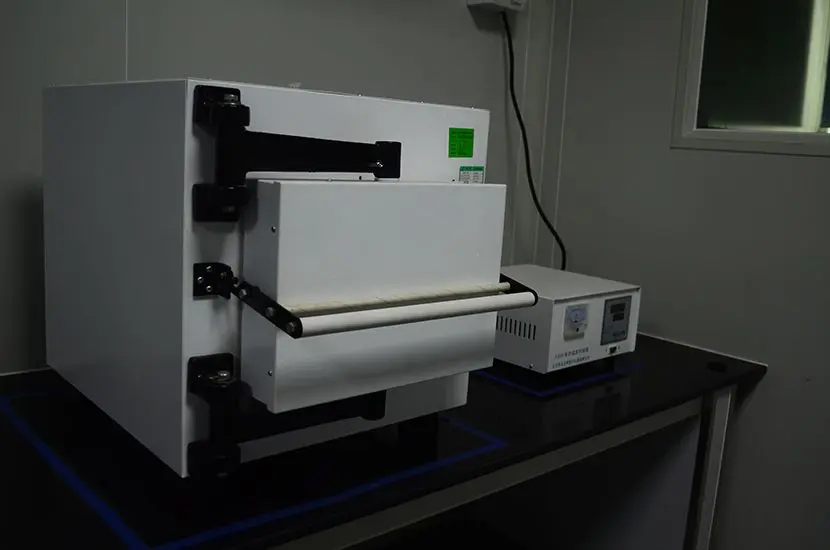 High Chair for Children ASTM F404-21 CPC Certifica
High Chair for Children ASTM F404-21 CPC Certifica
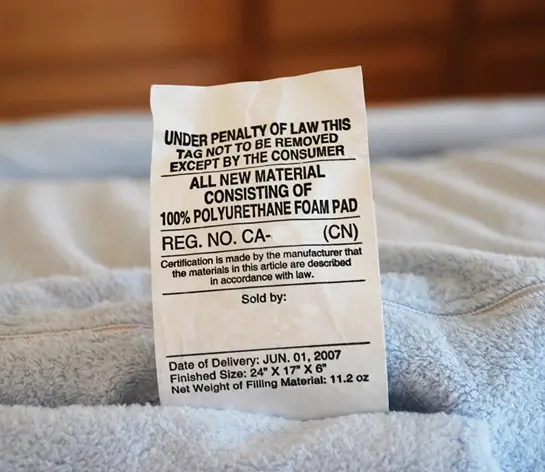 U.S. Law Label (URN Number) Registration Q\&A
U.S. Law Label (URN Number) Registration Q\&A
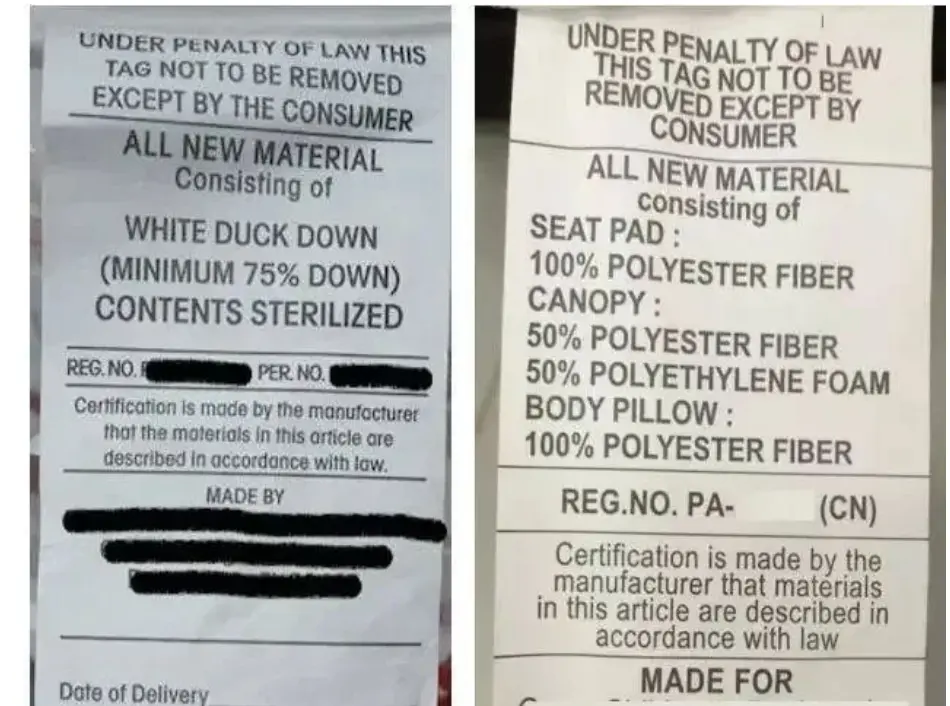 U.S. Furniture Export URN Law Label Registration
U.S. Furniture Export URN Law Label Registration
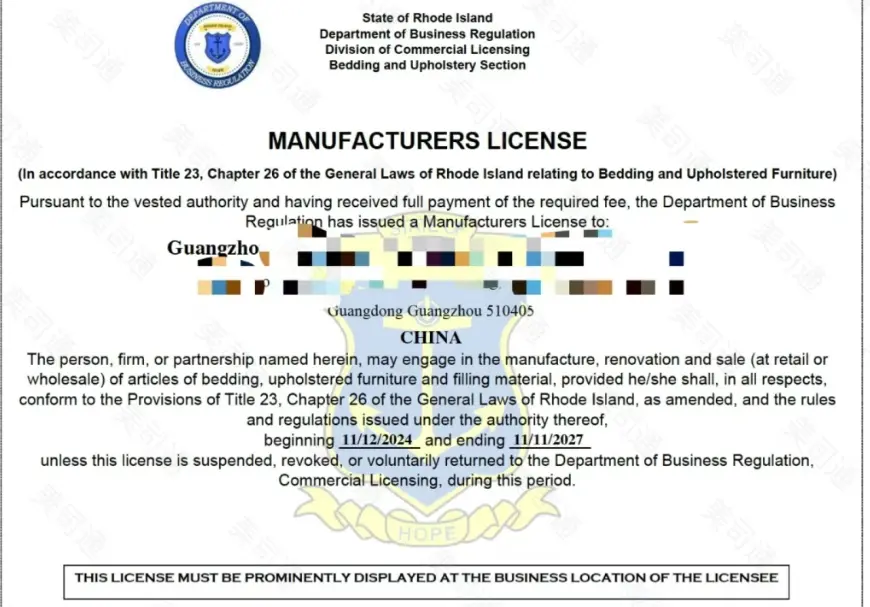 What is U.S. Law Label Registration?
What is U.S. Law Label Registration?
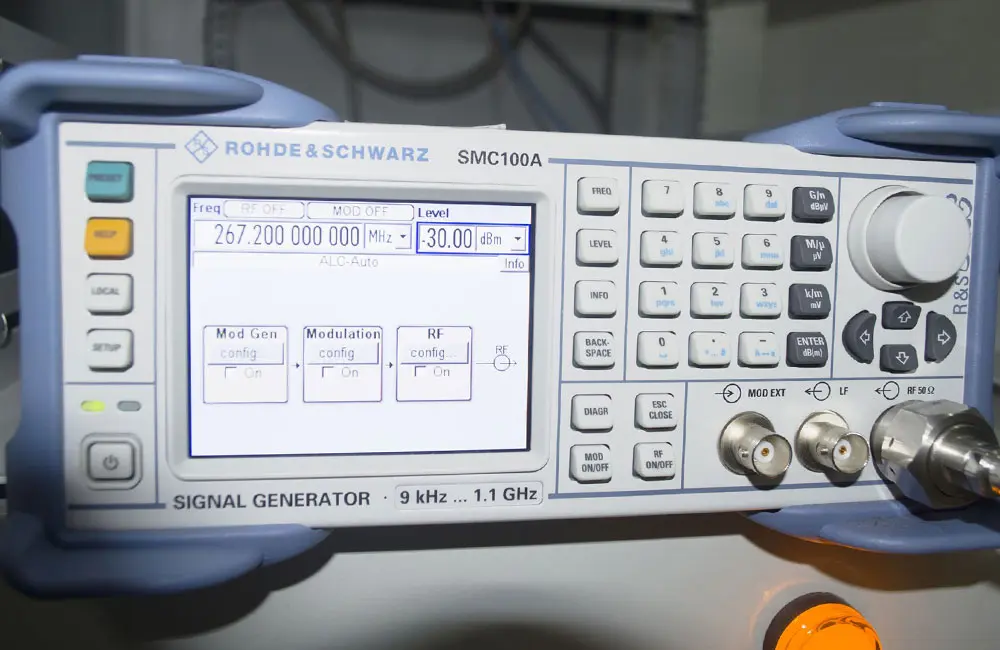 Rail Transit EN55015/EN50121-4
Rail Transit EN55015/EN50121-4
 IEC 60601-1-2 EMC Test for Medical Electrical Equ
IEC 60601-1-2 EMC Test for Medical Electrical Equ
 What Are the Safety Tests for Lithium Batteries?
What Are the Safety Tests for Lithium Batteries?
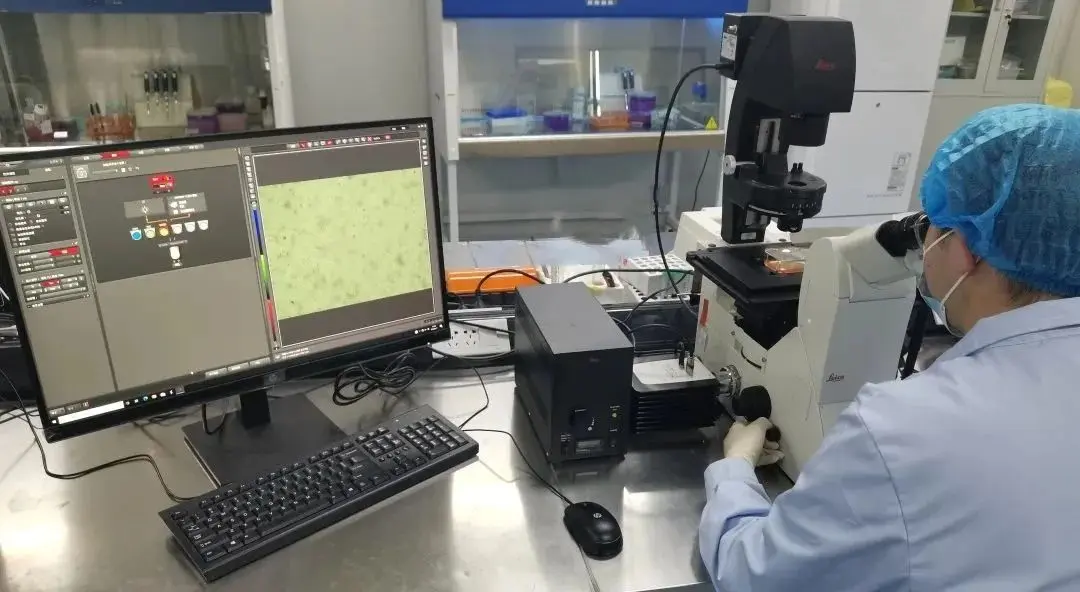 What is the YY 9706.111-2021 Standard?
What is the YY 9706.111-2021 Standard?
Leave us a message
24-hour online customer service at any time to respond, so that you worry!




